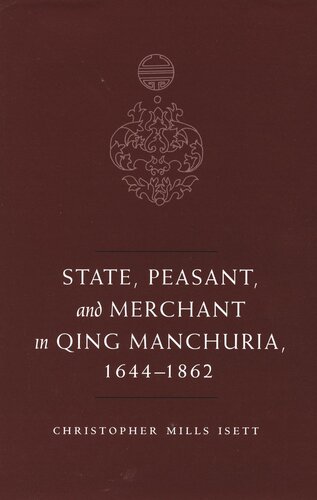

Most ebook files are in PDF format, so you can easily read them using various software such as Foxit Reader or directly on the Google Chrome browser.
Some ebook files are released by publishers in other formats such as .awz, .mobi, .epub, .fb2, etc. You may need to install specific software to read these formats on mobile/PC, such as Calibre.
Please read the tutorial at this link: https://ebookbell.com/faq
We offer FREE conversion to the popular formats you request; however, this may take some time. Therefore, right after payment, please email us, and we will try to provide the service as quickly as possible.
For some exceptional file formats or broken links (if any), please refrain from opening any disputes. Instead, email us first, and we will try to assist within a maximum of 6 hours.
EbookBell Team

4.0
46 reviewsThis study seeks to lay bare the relationship between the sociopolitical structures that shaped peasant lives in Manchuria (northeast China) during the Qing dynasty and the development of that region’s economy. The book is written in three parts. It begins with an analysis of the ideological, political, and economic interests of the Qing ruling house in defending its homeland in the northeast against occupation by non-Manchus, and examines how these interests informed state policy and the reconfiguration of the region’s social landscape in the first decades of the dynasty. The book then addresses how this agrarian configuration unraveled under challenge from settler peasant communities and gives an account of the resulting property and labor regimes. The study ends with an account of how that social formation configured peasant economic behavior and in so doing established the limits of economic change and trade growth.